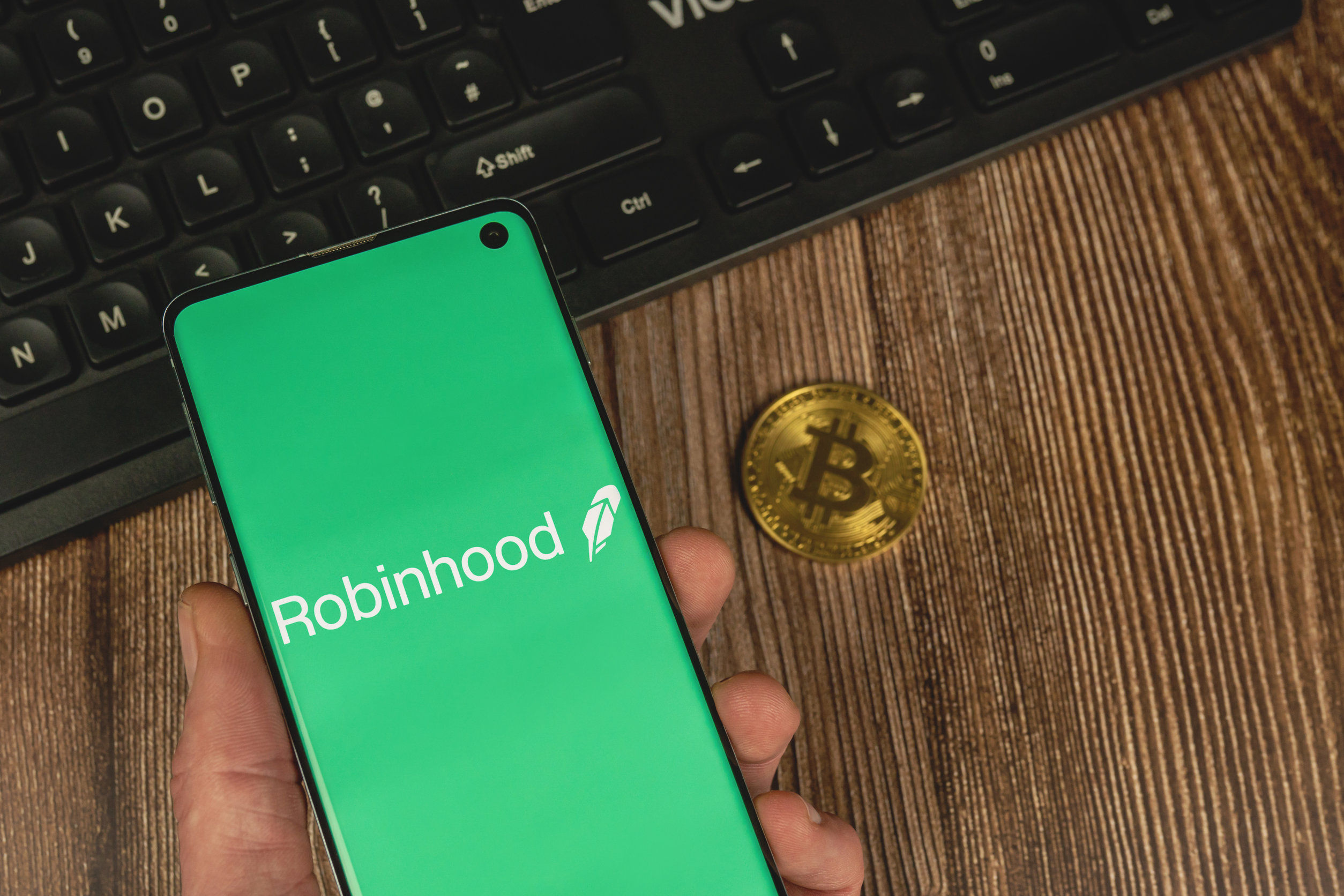- Integration with Web3 allows developers to embed the service into apps directly
- Robinhood's assets under custody are almost the same value as Coinbase's
Robinhood cryptocurrency exchange announced the launch of “Robinhood Connect,” a fiat-to-crypto on-ramp with support for self-custody wallets and decentralized applications, on April 27 at Consensus 2023, Bankless Times learned from a press release.
The service allows users to buy and sell crypto natively in dApps using a debit or credit card or from their wallets. It will compete with services like MoonPay and Coinbase Pay.
Integration with Web3
The on-ramp boasts integration with Web3 projects, allowing developers to embed the service into apps directly. Users can then access their Robinhood accounts natively in DApps without having to log in separately or even open the Robinhood website.
Robinhood announced upcoming support for Phantom and Exodus ecosystems. Currently, only Slingshot, Giddy, and MyDoge are supported. General manager Johann Kerbrat wrote in a company blog post that the service was created to improve crypto use and adoption:
Crypto and Web3 have the potential to change the future of the financial system for the better, but we recognize there are still significant hurdles preventing broader adoption.
A market novelty
The market for such services is still a niche one. The exchange is one of very few linked to traditional finance to enter the space.
Robinhood announced a few changes to the Robinhood app as well. These include the option to conduct advanced orders via stop limit and stop orders.
The new on-ramp service and app upgrades follow the launch of Robinhood’s own branded self-custody wallet on the iOS App Store, which occurred a few months ago.
The same asset count as Coinbase
In January this year, Robinhood had around $75 billion in assets under custody and 23 million verified users. In comparison, Coinbase holds assets worth $80 billion, but its user count is much higher – 110 million. Competitors Webull and MoonPay have an estimated 13 and five million users, respectively.












